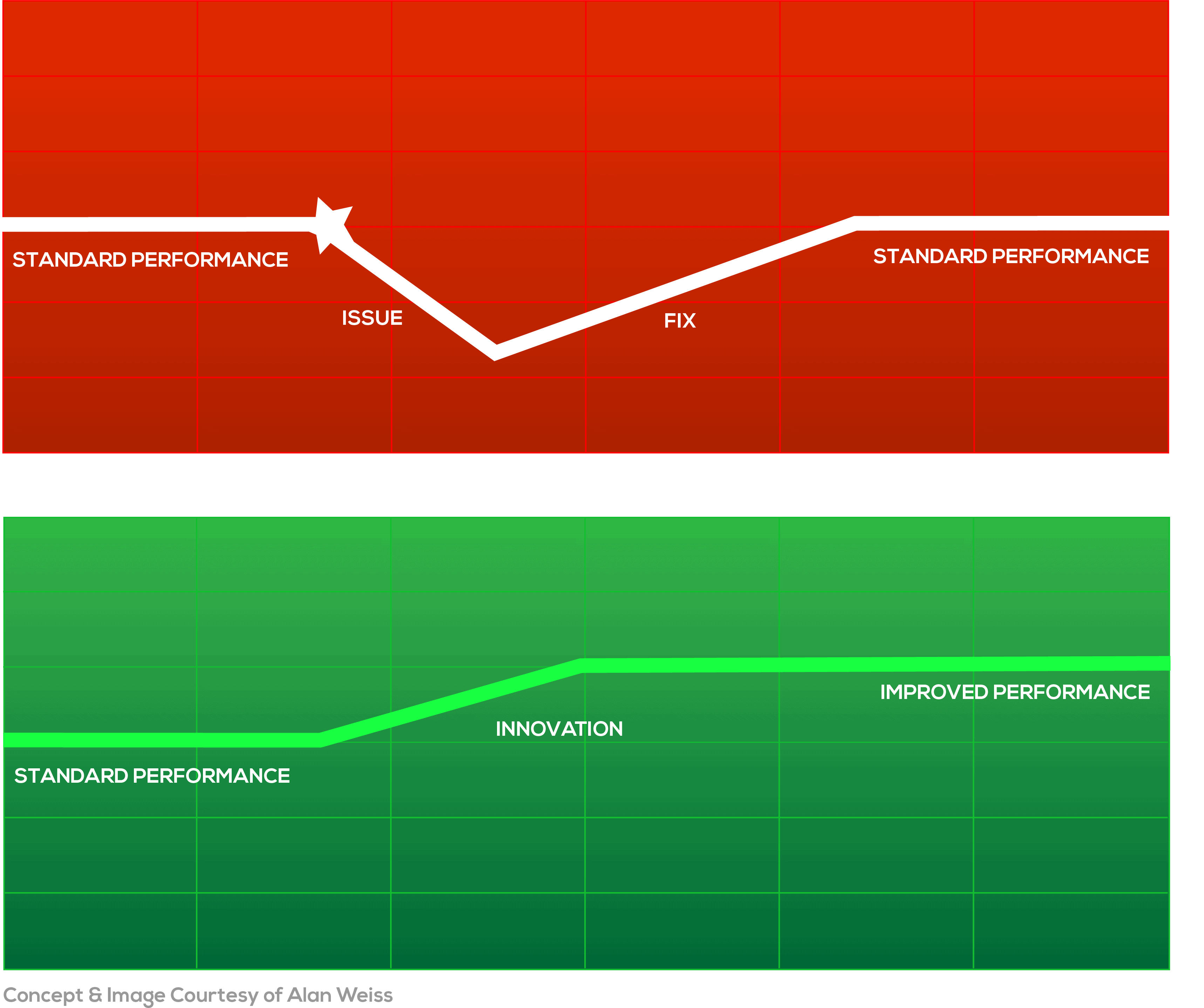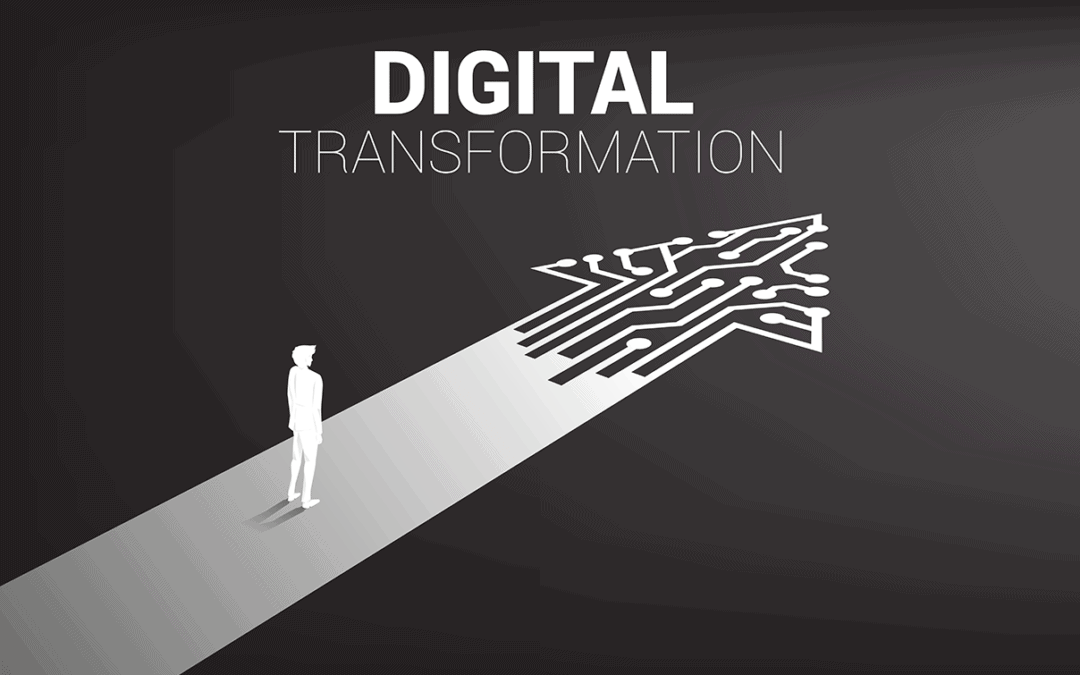Introduction
Let’s begin by asking a thought-provoking question:
In your opinion, is innovation more crucial during a challenging economy than in a thriving economy?
This question sets the stage for exploring the importance of innovation in challenging times. Research from the Harvard Business Review provides compelling evidence, revealing that companies prioritising innovation during the 2008 recession outperformed their peers by an impressive 30% in the subsequent three years. This staggering statistic highlights the missed opportunities for those who neglected innovation during this time.
Downturn economies are marked by sluggish economic growth, reduced consumer spending, and overall economic uncertainty and risk aversion. These conditions significantly impact businesses and individuals, creating a challenging landscape.
While it may seem daunting to pursue innovation during times of economic hardship, it is precisely during these moments that finding new opportunities and creating innovative solutions becomes paramount. Employing the right strategies and tactics makes it possible to uncover pathways to success even in the face of adversity.
In the following paragraphs, I will share invaluable advice that will inspire you to forge ahead and succeed during these challenging times.
Contents
PART I – Why is Innovation Important in a Downturn?
2. Why Businesses Must Innovate?
3. Emerging Tech Drives Innovation
5. Inspiring Example of Innovation
PART II – What are the Barriers to Innovation in a Downturn?
PART III – Strategies for Innovating in a Downturn Economy
1. Foster a Culture of Innovation
2. Leverage Existing Resources
PART I
1. Why is Innovation Important in a Downturn?
1.1. What is Innovation?
Before we delve into the topic, let’s establish a common understanding of what innovation entails.
Contrary to popular belief, innovation is not confined to a privileged few, nor does it demand extravagant gadgets or ground-breaking concepts to thrive.
At its core, innovation involves identifying straightforward solutions that create a lasting impact and enhance performance. It’s about uncovering novel approaches that address challenges and drive progress practically and effectively. Innovation can manifest in various forms, from incremental improvements to transformative ideas, all to make a tangible difference.
However, it is essential to acknowledge that, in most cases, we find ourselves in environments where performance levels decline. In such scenarios, our primary objective is to identify the root cause of the problem, seek out an acceptable solution, and rectify the issue to restore performance to its previous level. This process aligns more closely with problem-solving rather than innovation.
Problem-solving entails addressing and resolving specific challenges effectively, often relying on known methods and established practices. It focuses on restoring equilibrium and returning to the status quo. While problem-solving is undoubtedly essential, it may not be sufficient to thrive in times of economic downturn or uncertainty.
In contrast, innovation goes beyond problem-solving. It involves actively seeking new possibilities, exploring uncharted territory, and devising fresh approaches to create breakthroughs. Innovation strives to transcend the existing norms and generate novel solutions that bring about substantial improvements.

1.2. Why Businesses Must Innovate
To truly understand the importance of innovation for businesses, examining how value generation has evolved is crucial.
In the past, businesses mainly gained value from physical assets. These tangible assets encompassed physical properties like buildings, equipment, cash, bonds, inventory, and land. They formed the bedrock of value creation in the past.
However, the landscape has dramatically shifted in the last five decades. We have witnessed a significant transformation, where the significance of tangible assets in generating value has diminished. Instead, intangible assets have emerged as the new driving force. These intangible assets encompass a range of invaluable elements such as patents, brand value, customer data, and software.
The shift towards intangible assets highlights the changing dynamics of value creation. Companies that recognise and leverage the power of intangible assets through innovation are positioned to thrive in the modern business landscape. By fostering a culture of innovation and investing in intangible assets, organisations can unlock new avenues of growth, build a solid competitive advantage, and adapt to the market’s evolving needs.
1.3. Emerging Tech Drives Innovation
When we examine innovation from the perspective of various technology types, it becomes evident that emerging technologies exert the most significant influence across all facets of an organisation
According to Gartner, companies that embraced emerging technologies outperformed their counterparts that relied solely on established technologies or a combination of emerging and established tech. This advantage was consistently observed across multiple crucial aspects of organisational operations.
These encompassed risk management, efficiency and cost savings, agility and speed in bringing products to market, analytics capabilities, product development, and the ability to establish new business models
The findings underscore the transformative potential of emerging technologies in driving substantial improvements and competitive advantages. By harnessing the power of cutting-edge innovations, businesses can enhance their risk mitigation strategies, streamline operations, gain a competitive edge, leverage data-driven insights, foster innovation in product development, and explore new avenues for growth through innovative business models.
1.4. “WTF”
What’s the future?
We are fortunate to be living in an era of immense possibilities. The advent of ground-breaking technologies like AI and machine learning, robotic process automation, and interconnected devices promises to revolutionise our lives, markets, and businesses, ushering in an era of unparalleled operational efficiency.
These advancements can transform how we work, interact, and thrive. Artificial intelligence and machine learning algorithms enable us to process vast amounts of data, uncover valuable insights, and make more informed decisions. Robotic process automation streamlines repetitive tasks, freeing resources for more strategic and creative endeavours. Connected devices empower us to access information instantaneously, enhancing our productivity and connectivity in unimaginable ways.
As we look to the future, embracing these transformative technologies and harnessing their potential will be vital to staying competitive and seizing new opportunities.
1.5. Inspiring Example of Innovation
Square:
Amidst the challenging landscape of the 2020 pandemic-induced recession, Square, a special payment and financial services provider, demonstrated remarkable innovation. They seized the moment by introducing new products and services to support small businesses surviving and thriving during the pandemic. Among these innovations were contactless payment options and online ordering tools.
By swiftly adapting to the changing needs of its customers, Square not only weathered the storm but also emerged as a leading force in the industry. Their innovative solutions empower small businesses to navigate unprecedented circumstances, providing them with the tools to continue operations and serve their customers safely and efficiently.
Square’s proactive response to the challenges of the recession exemplifies the power of innovation in driving growth and resilience. Their success story is a testament to the transformative impact that innovative thinking can have on businesses, enabling them to stay ahead of the competition and forge new pathways to success.
PART II
2. What are the Barriers to Innovation in a Downturn?
Here are six possible reasons:
2.1. Financial constraints
Economic downturns can create financial constraints, which can be a real challenge for businesses to allocate resources for innovation. Tight budgets and reduced access to capital can limit investment in research and development, experimentation, and the adoption of the latest technologies, ultimately thwarting business growth and opportunities for success.
2.2. Risk aversion
During economic uncertainty, businesses are more likely to be risk-averse and hesitant to invest in new ventures. Fear of failure and potential financial losses can stifle creativity and inhibit breakthrough innovations, leading to a conservative approach that hinders progress.
2.3. Lack of a clear vision
In times of crisis, businesses tend to focus on quick fixes and immediate cost-cutting measures instead of strategic innovations that can fuel future growth. However, this short-term perspective can divert resources and attention from development and progress.
2.4. Organisational culture
Organisational culture itself is not a barrier to innovation.
A supportive and innovative organisational culture can catalyse innovation even during a downturn. A strong culture that values creativity, collaboration, risk-taking, and continuous learning can empower employees to generate and implement innovative ideas.
However, a rigid or resistant organisational culture can hinder innovation. An organisation needs a culture that encourages risk-taking, stifles creativity, or needs more support for experimentation and new ideas to improve innovation efforts. In such cases, the organisational culture may need to be addressed and transformed to create an environment that fosters innovation.
2.5. Lack of resources
Attracting and retaining top talent with the necessary skills for innovation can be a challenge during a downturn. Hiring freezes, layoffs, and reduced training budgets can limit access to skilled individuals and create a talent gap that hinders innovative initiatives.
2.6. Competitive Pressures
In times of economic hardship, businesses must compete more intensely for a smaller pool of customers.
As a result, a defensive mindset can develop, causing companies to prioritise market share maintenance and imitation of competitors over implementing genuinely innovative strategies. Encouragingly, new and creative solutions can still set companies apart and achieve success in these challenging conditions.
PART III
3. Strategies for Innovating in a Downturn Economy
Companies can employ a proactive approach to innovation to overcome the barriers a downturn economy poses. This involves strategically investing in research and development (R&D), cultivating a culture that nurtures and champions innovation, and forging partnerships with other organisations to leverage shared resources and expertise.
Additionally, exploring alternative funding sources, such as government grants and venture capital, can provide the necessary financial support to drive innovation initiatives.
In the upcoming sections, I will examine these strategies more thoroughly.
3.1. Foster a Culture of Innovation
A robust brand wields significant influence, and rebranding a department, such as IT, can provide a unique opportunity to redefine the team’s purpose and foster a genuine culture of innovation.
Change is inherently a matter of perception.
By emphasising innovation and driving positive, enduring advancements throughout the organisation, you can establish more substantial alignment with the business objectives, paving the way for mutual success.
A rebranding initiative can revamp a team’s identity and instil a sense of purpose and excitement among its members. Through my experience of rebranding a department, I have witnessed a boost in implementing fresh and innovative concepts. This fostered a sense of teamwork and encouraged the development of groundbreaking solutions that propel the organisation forward.
Recognising the profound impact of a well-crafted brand strategy, you can harness its potential to unlock new opportunities, shape perceptions, and foster a dynamic environment primed for innovation.
3.2. Leverage Existing Resources
A crucial aspect of fostering a culture of innovation is identifying individuals throughout all levels of the organisation who possess the right attributes and mindset and leveraging their unique talents.
Creating small efficiency working groups or innovation labs has proven to be an excellent approach for cultivating a collective mindset towards transformation.
These small teams serve as dynamic hubs where members collaborate to identify opportunities and explore emerging technologies. They provide a safe and supportive environment for experimenting with new technologies, forging strategic tech partnerships, and gaining valuable insights through experiential learning.
By nurturing these collaborative spaces, organisations can harness their employees’ diverse perspectives and expertise, enabling them to stay at the forefront of innovation. These initiatives empower individuals to think creatively, take calculated risks, and contribute their unique skills towards driving transformative change.
3.3. Embrace Emerging Technologies
As we discussed earlier, it is evident that companies embracing emerging technologies outperform their competitors, and I have personally witnessed the truth of this statement.
To illustrate the diverse applications of emerging technologies, let’s explore a few examples:
1. Intelligent IT Documentation: By utilising intelligent mapping software, we could visualise the entire IT environment, bringing its complexity to life. This software enabled us to create a “digital twin”, which could be printed on large formats, providing valuable support for critical investment decisions and making a lasting impression during board meetings. Furthermore, it offered an immersive experience through smart screens, allowing colleagues to zoom in and out of intricate layers of details, annotate items, and facilitate rapid engineering decisions.
2. Smarter Business Decisions: Machine learning algorithms were leveraged for price optimisation, next-action recommendations, and fraud detection. Data enrichment techniques were also applied to enhance information quality, enabling improved and more informed business decision-making processes.
3. Intelligent Automation: We employed Robotic Process Automation (RPA) combined with QR codes to create intelligent customer journeys and automate mundane tasks. This not only improved operational efficiency but also resulted in significant cost reductions.
These examples highlight the transformative impact of emerging technologies across different aspects of business operations. By harnessing the power of intelligent tools, organisations can enhance decision-making, streamline processes, and deliver superior customer experiences.
As we look to the future, embracing these transformative technologies and harnessing their potential will be vital to staying competitive and seizing new opportunities.
3.4. Take a Lean Approach
Adopting a lean approach to innovation is critical to navigating the challenges of a rapidly evolving business landscape.
This methodology emphasises efficiency, agility, and a customer-centric mindset. By embracing a lean approach, organisations can streamline processes, eliminate waste, and optimise resource allocation, ultimately driving innovation and achieving better results.
Focus on Customer Needs:
A customer-centric approach lies at the heart of successful innovation. By profoundly understanding and empathising with customer needs, pain points, and desires, organisations can identify opportunities for innovation that genuinely resonate with their target audience. By aligning innovation efforts with customer needs, businesses can develop products, services, and solutions tailored to their customer’s demands, leading to higher customer satisfaction, loyalty, and business growth.
Faster Time to Market:
In today’s fast-paced business environment, speed is of the essence. It is crucial for organisations must minimise innovative ideas, ensuring they can capture market opportunities before competitors.
By implementing efficient processes, embracing agile methodologies, and leveraging rapid prototyping techniques, businesses can accelerate their innovation cycles and swiftly bring their products and services to market, gaining a competitive edge and maximising their chances of success.
Culture of Experimentation and Continuous Improvement:
Cultivating a culture of experimentation and continuous improvement is vital for sustained innovation. Encouraging employees to explore new ideas, take calculated risks, and learn from failures fosters an environment that fuels innovation.
Organisations that embrace a culture of experimentation create a safe space for employees to test and iterate on new concepts, leading to breakthrough innovations and driving continuous improvement throughout the organisation. This mindset encourages a growth-oriented mentality, embraces change, and fosters a learning culture that is receptive to new ideas and adaptive to market dynamics.
By taking a lean approach, focusing on customer needs, expediting time to market, and nurturing a culture of experimentation and continuous improvement, organisations can position themselves as innovation leaders, ready to seize opportunities, overcome challenges, and thrive in an ever-changing business landscape.
Conclusion
In conclusion, this article has shed light on the critical role of innovation in navigating a downturn economy. It has provided valuable takeaways to help businesses and individuals thrive amidst challenging circumstances.
Let’s recap the key points:
1. Innovation is Crucial: Innovation is not just a luxury; it is a necessity for businesses to not only survive but also thrive during a downturn economy. By embracing innovation, companies can seize opportunities, differentiate themselves from competitors, and create sustainable growth.
2. Overcoming Barriers: Businesses face various barriers to innovation, including limited resources, risk aversion, and a lack of focus. However, these challenges can be overcome by fostering innovation, embracing emerging technologies, leveraging existing resources effectively, and adopting a lean approach that emphasises efficiency and customer-centricity.
3. Continuous Adaptation: Innovation is not a one-time event but an ongoing process that requires continuous adaptation. It involves staying attuned to changing customer needs, market dynamics, and emerging technologies. By maintaining a customer-focused approach and being open to experimentation and improvement, businesses can stay ahead of the curve and remain competitive.
4. Turning Challenges into Opportunities: Despite the challenges presented by a downturn economy, embracing innovation and taking calculated risks can turn these challenges into opportunities for growth and success. By proactively seeking innovative solutions, businesses can uncover new revenue streams, optimise operations, and gain a competitive edge.

By applying these takeaways, businesses and individuals can position themselves for long-term success and competitiveness in economic conditions. Innovation becomes a mindset and a strategic advantage that propels organisations forward, enabling them to adapt, thrive, and lead in a rapidly changing business landscape.
As we move forward, embracing the principles of innovation, leveraging the power of emerging technologies, and fostering a culture of continuous improvement is imperative. By doing so, we can navigate the uncertainties of the future, seize growth opportunities, and create a brighter and more prosperous tomorrow.
In a downturn, the economy creates a challenging environment for everyone. However, adapting to these changes with a focus on innovation, looking for opportunities, and implementing cost-saving measures becomes crucial.
With the right mindset and approach, navigating these difficult times can lead to great success!










